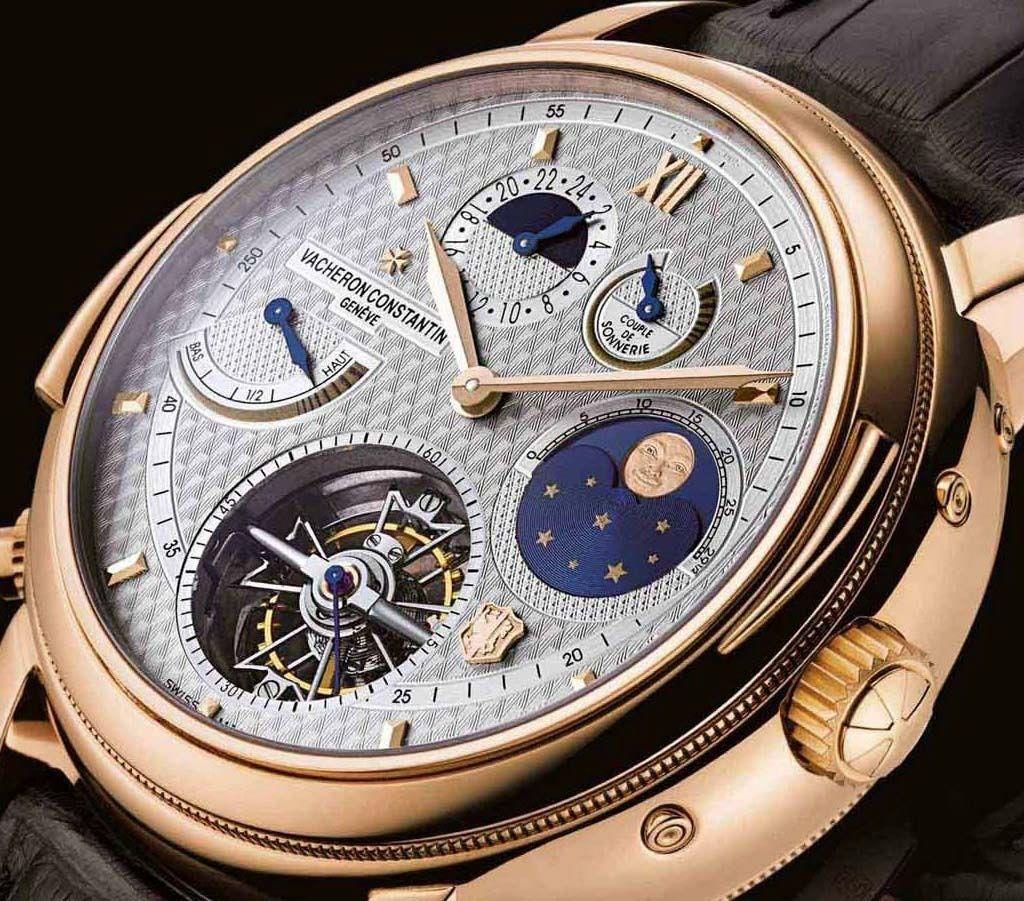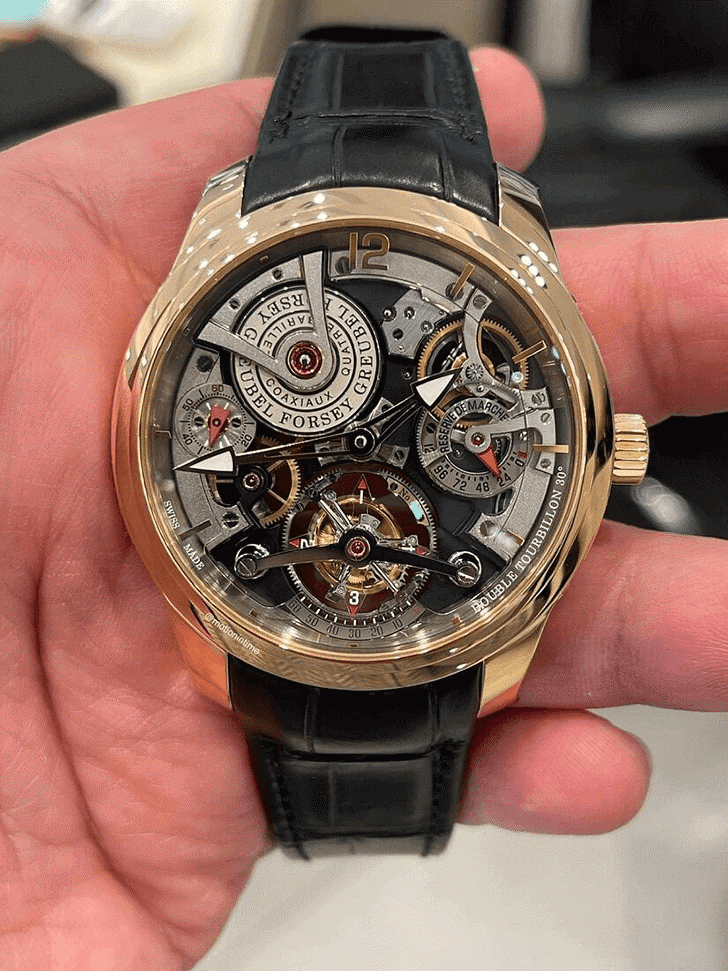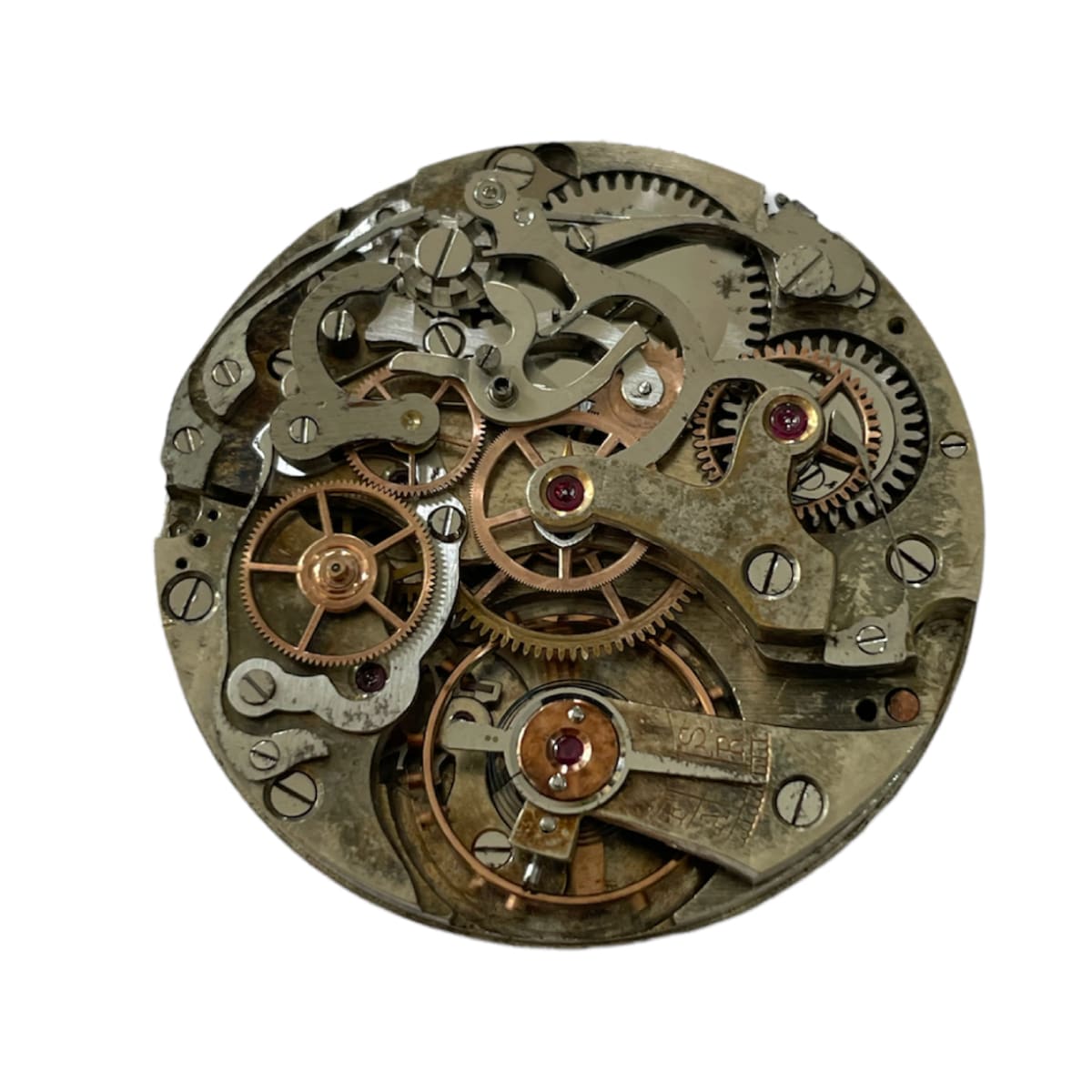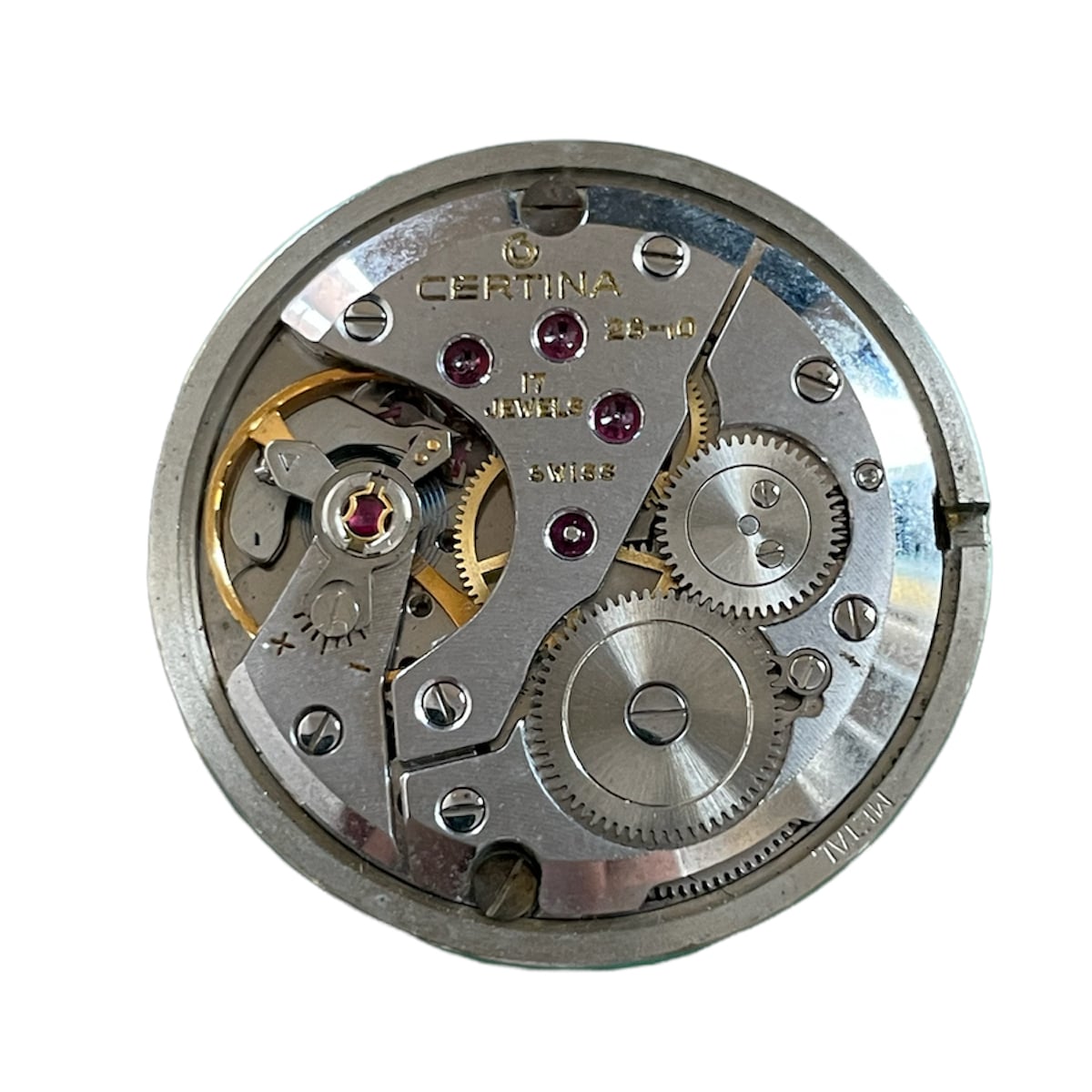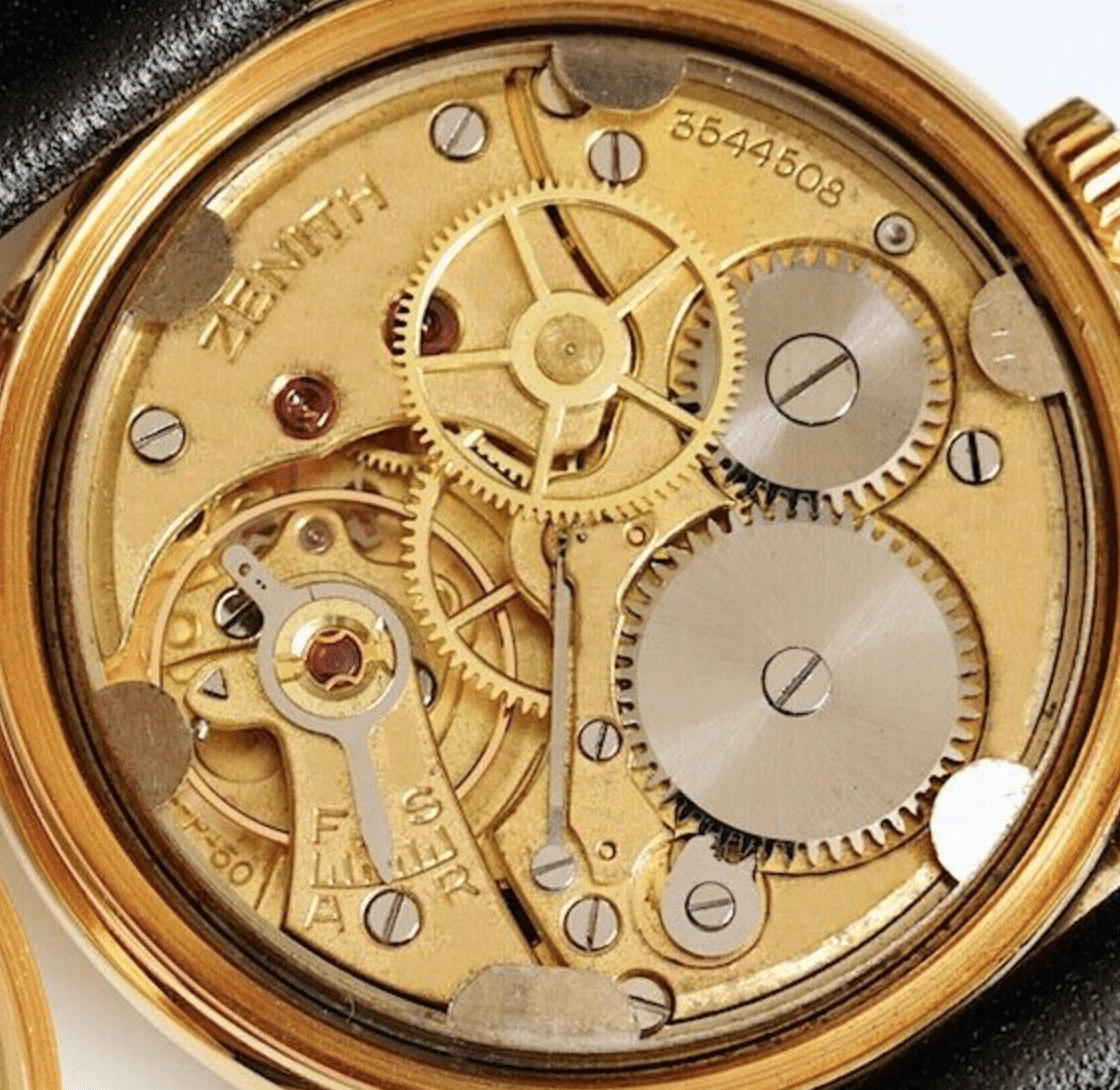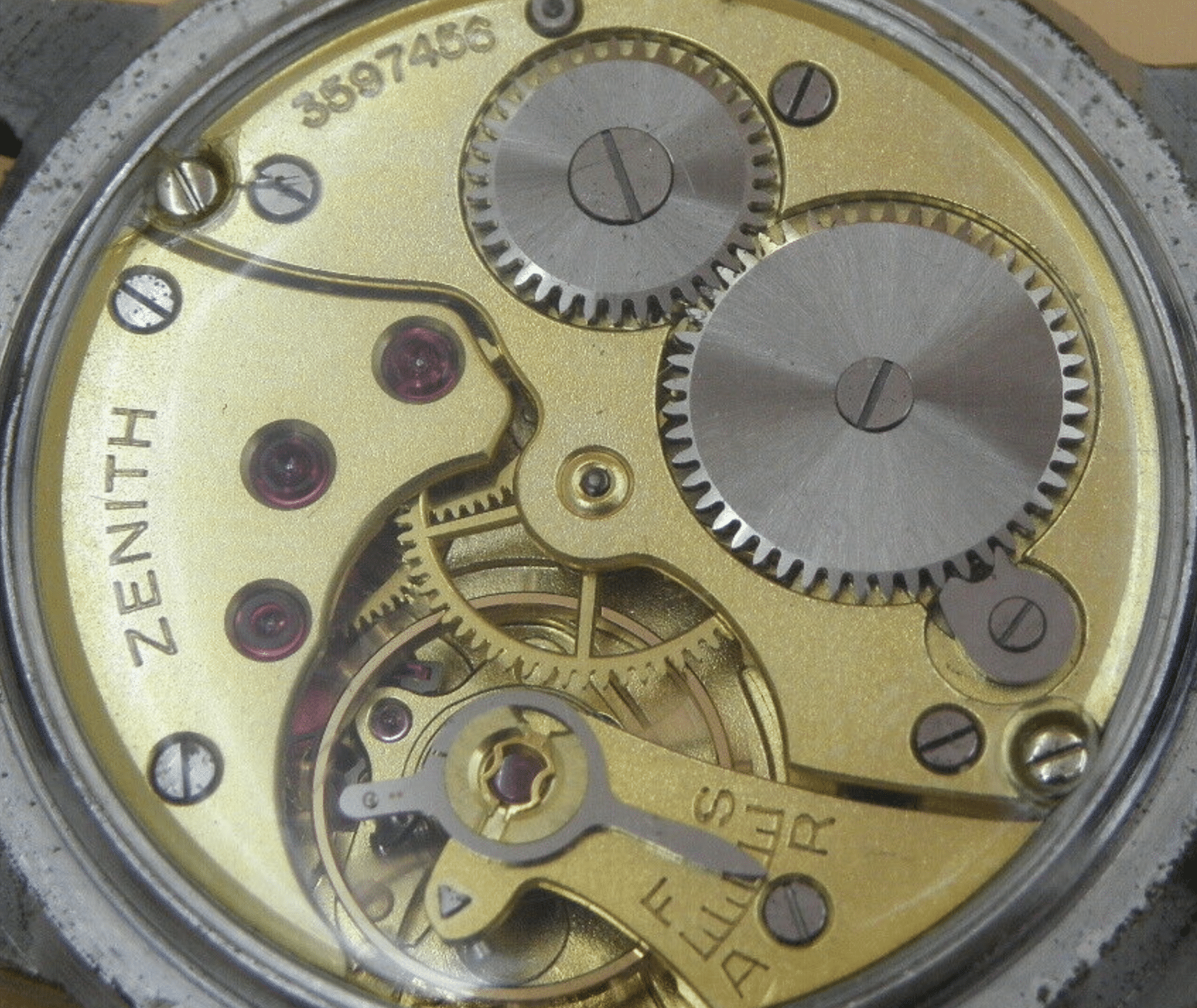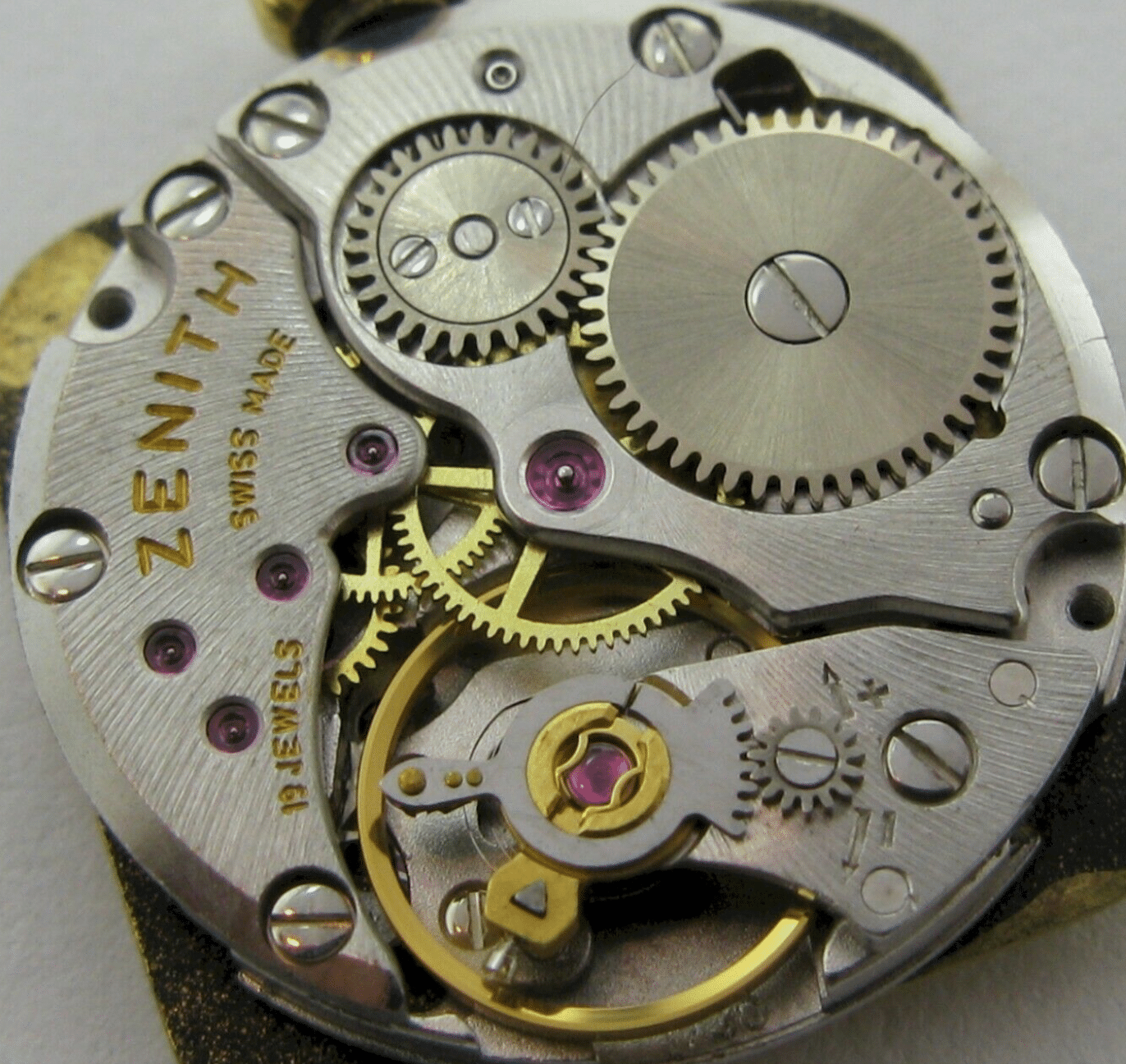Perhaps the most lauded achievement of Abraham-Louis Breguet was his invention of the tourbillon, patented in 1801. The 18th century pocket watch, despite its many developments, was highly susceptible to errors in rate. These errors were predominantly caused by temperature change, magnetism, shock and friction, as well as the effect of gravity on a watch that spent much of its operating life vertical in a waistcoat pocket. The first four issues were able to be adequately mitigated through a broad range of progressive innovations in materials and production methods, but the gravity effect needed some out-of-the-box thinking. If one considers that even a reliable modern movement needs to be adjusted in a number of vertical positions, one can infer that the prolonged effects of gravity on the poise of an escapement are still a threat. But as the poise of a balance wheel is unaffected by gravity when in a horizontal position, this is less of an issue for a wristwatch (which is more commonly oriented in a horizontal position).
Breguet came up with the idea of mounting a lever escapement within a carriage (or cage) that shares the same axis as the balance wheel and is held in place by a bridge. The carriage rotates in the same way that a traditional fourth wheel might, allowing it to be mounted with a seconds hand. The carriage rotates at this rate because the entire escapement is mounted to and rotates around a fixed fourth wheel. The third wheel drives the carriage pinion and as the carriage rotates the leaves of the escape pinion mesh with the teeth of the fixed fourth wheel. So the power is transferred from the third wheel to the carriage and from the carriage to the escape wheel, and the fixed fourth wheel provides the grip for the transfer of power to take place. As the tourbillon rotates, the effect of gravity is somewhat neutralised while the watch is held in a vertical position. The watchmaker is now presented with one accumulated average vertical error to adjust to rather than several independent ones. It was a beautiful solution to a genuine problem. So beautiful in fact, that it survived its own redundancy. As production methods and materials improved, but most importantly as the watch moved from a static position in a pocket to a dynamic position on the wrist, there was no longer as much of a problem for the technology to solve. The wristwatch is attached to a multi-axis human arm, meaning that the cumulative effects of gravity are smoothed out, not just across a vertical axis, but a horizontal one too. Despite this, the tourbillon has proven too beautiful and too compelling for the watchmaker to confine it to history; and so it exists in the wristwatch, where it has continued to be reborn and to evolve into a number of fascinating variations.
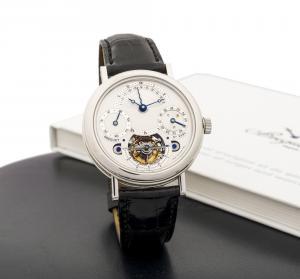
The Breguet Platinum Perpetual Calendar Tourbillon 3757 is a fine example of a one-minute tourbillon. As the carriage doubles as the fourth wheel, a hand can be mounted to the arbor to read the seconds. In this particular layout the dial has a double-ended hadn to give the 60 second reading across its 180° chapter ring.
The tourbillon carriage on the Vacheron Constantin Tour de I’lle is shaped like a Maltese cross, which is the logo of the company as well as the wheel used in the stop-work of the watch.
